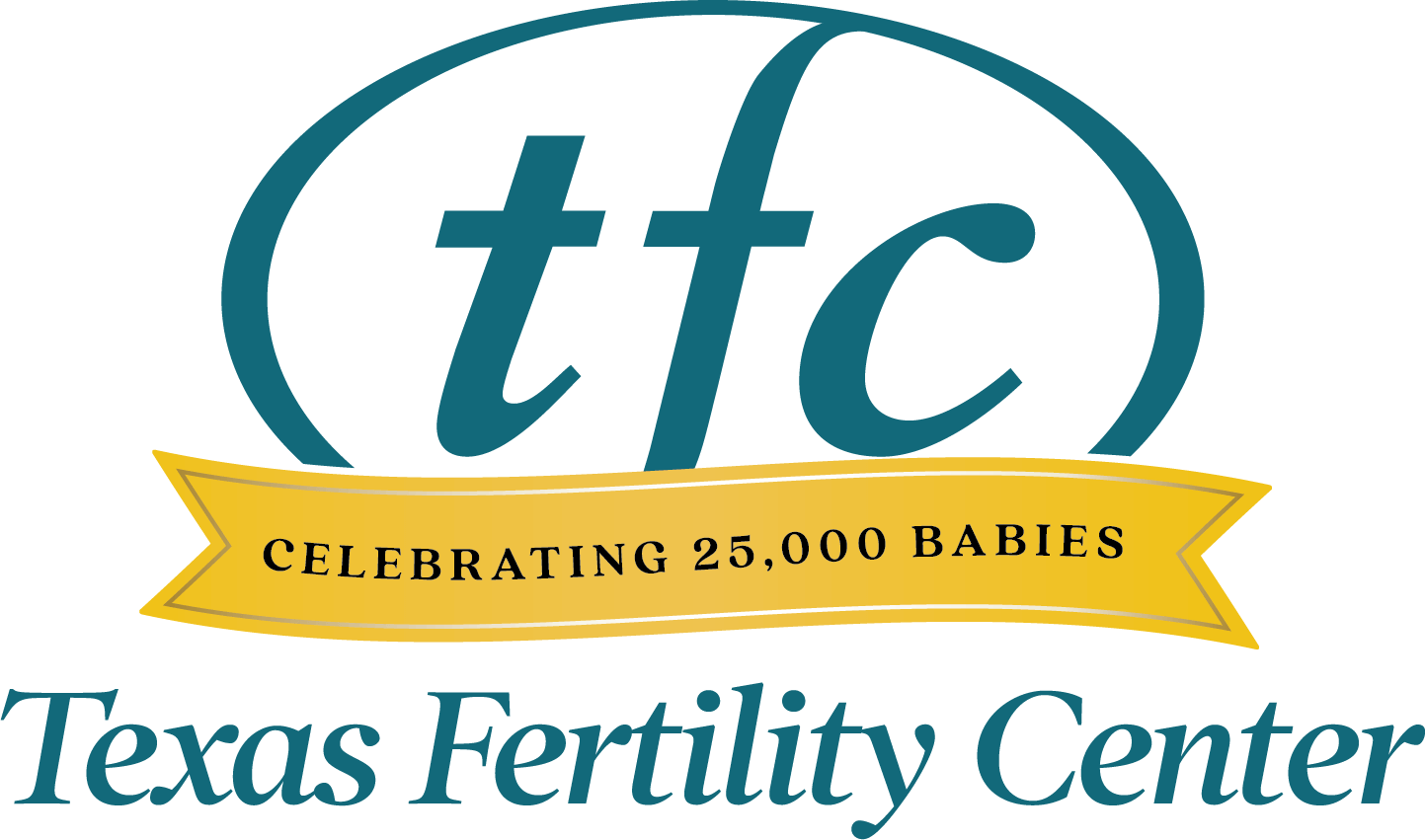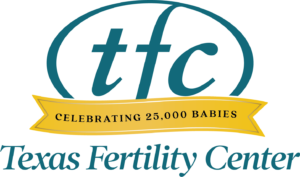
Getting treatment for a uterine septum can help you have a healthy baby
Many different types of uterine issues can make it more difficult to carry a baby to term, and a uterine septum is one of the most common. Some people refer to this condition as having a split uterus because a band of tissue divides the uterus into two cavities. Most women with this condition don’t realize they have it until they visit a fertility doctor after facing multiple miscarriages.
Susan Hudson MD is our New Braunfels fertility doctor who has experience diagnosing and treating this uterine abnormality. She knows that it can be distressing for patients to learn they have this issue. However, effective treatment is available to make parenthood possible.
What is a uterine septum, and what causes it?
A split uterus is when tissue divides a woman’s uterus in two. Each patient with this diagnosis is unique, but the diagnosis will fall into one of these three categories.
- Partial is when the band of tissue divides the uterus but not the cervix.
- Complete occurs when the tissue divides both the uterus and the cervix.
- Septate uterus and vagina refers to a situation where the uterus, cervix and vagina are all split into two.
While there is no known cause for this abnormality, we know it happens before a woman is born. In most female babies, the septum tissue absorbs after the fallopian tubes and the uterus form. However, in women with a split uterus, the tissue doesn’t absorb for some reason.
Women who have this issue can experience infertility, miscarriages and pregnancy complications, including premature labor and birth. Thankfully, our New Braunfels fertility doctor has the experience to diagnose and treat this common uterine issue.
How does Dr. Hudson diagnose and treat a split uterus?
Typically, women find out that they have a uterine septum when they visit a fertility doctor after having multiple miscarriages. When a patient visits Dr. Hudson, she will typically order one or more of the following tests to determine whether a split uterus is causing the miscarriages.
- Saline ultrasound
- Hysterosalpingogram (HSG)
- Hysteroscopy and laparoscopy
- MRI
If testing indicates that a patient has a uterine septum, Dr. Hudson will typically recommend minimally invasive surgery.
- A hysteroscopic metroplasty (septum resection) allows Dr. Hudson to remove the septum without making any incisions in the abdomen. She will simply go through the vagina and the cervix to reach the uterus and perform the procedure.
- In the rare case that a septum is very large, our New Braunfels fertility doctor may need to perform both a hysteroscopy and a laparoscopy, which does require a few tiny incisions in the abdomen.
Regardless of which procedure she performs, Dr. Hudson will ensure that the patient receives general anesthesia to keep the patient calm and comfortable.
Surgical solutions for a uterine septum have been shown to increase pregnancy and live birth rates for patients who previously faced infertility and miscarriages. If you’d like to learn more about your treatment options, contact us today to schedule an appointment with Dr. Hudson



